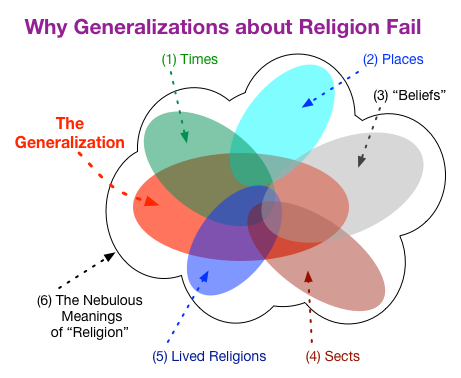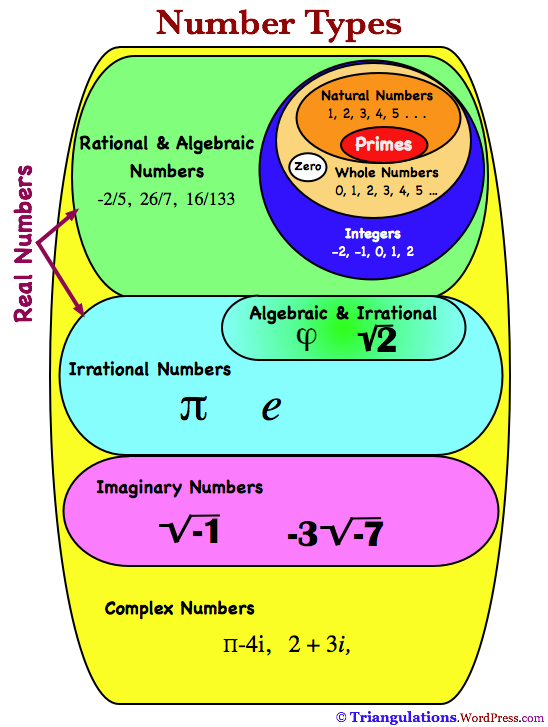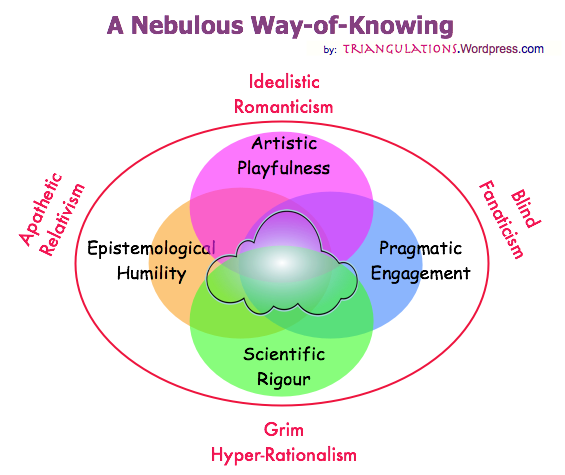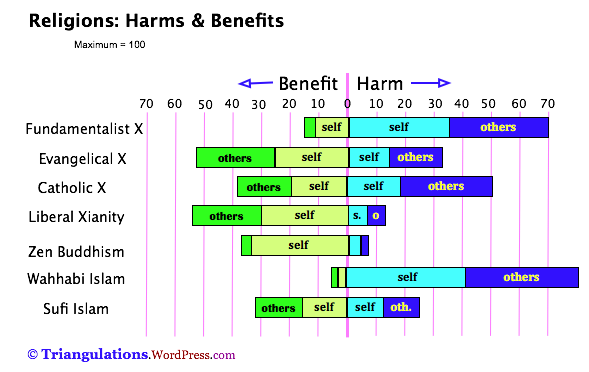From my Ramayana series:
Judas was possessed by the Devil and betrayed Jesus — he is one of the major bad guys in the Christian Bible. In the Hindu Ramayana, Ravana is the King of Demons — ya can’t get much worse than that. But within both Christianity and Hinduism, we find revisionists who rebel against orthodoxy and say, “Wait, the villain ain’t who you think he is.”
Christianity’s Various Judases

The hanging Judas' soul harvested by the Devil
Episcopal Bishop Spong (and others) theorize that early Christians wanted to distance themselves from Jews and so created the myth of Judas Iscariot (Gk for the Hebrew word “Judea”) and hung him (Gk: iskarioutha = chokiness). The Bible contains hints of the gradual development of the Judas myth: Paul, who wrote the earliest Christian documents, never mentioned Judas. And in the earliest gospel, Mark (written after Paul’s writings) doesn’t have motives for Judas like the later gospels. The contradictory myth evolved slowly but is well accepted today. Ask most Christians and they will give you the homogenized orthodox version: Judas was a demon-possessed, Jewish traitor.
Richard Beck, a Christian psychologist at “Experimental Theology“, admits that the Judas story evolved and chooses to have pity on the Gospel’s Judas character. He feels that Judas was repentant and that God had mercy on him. He feels that Judas was falsely demonized. Beck wants Judas to be one of us and agrees with Susan Gubar that Judas was a vehicle for the Church’s anti-semitism. Bob Dylan, in “With God on Our Side”, also sympathizes with Judas:
Through many a dark hour
I been thinkin’ ’bout this,
How Jesus Christ was
Betrayed by a kiss.
But I can’t think for you,
You have to decide
Whether Judas Iscariot had
God on his side.

Lady Gaga's Judas
While some Christians kindly take pity on Judas, others go even further. Some early and modern Christians actually turn Judas into a hero. Church apologist Irenaeus (180 AD) tells us that his enemies, the Gnostics, made Judas into an instrument of Divine Wisdom. Elaine Pagel tells us that the Gnostic Gospel of Judas reports Judas as following Jesus’ instructions to help free Christ’s soul from Jesus’ physical constraints. Thus Judas is portrayed as the only disciple who really understood who Jesus really was. Judas was a saint.
No matter what you think about Judas, my point is that believers can remain believers and yet still rebel against the hegemony of orthodoxy by revising established stories. A modern example could be Lady Gaga, a Catholic hedonist, who manipulates Judas with her incoherent song to continue to challenge orthodoxy’s asceticism — she loves Judas.
Such manipulations by believers who want to stay in the faith and yet change it can also be seen in the manipulations of the Hindu villain Ravana.
Hinduism’s various Ravanas

Rama kills the evil Ravana
The summary of the Hindu epic, the Ramayana, is simple: Sita (the hero’s wife) is kidnapped by Ravana (the evil king of demons). Rama (the hero) and Ravana battle with their armies. Rama wins by killing Ravana and brings Sita home. So what’s to not like about that?
Well, like the Judas story, this story is the orthodox version and if a Hindu wants to challenge the dominating powers who use this story, one way is to revise the apparent villain — Ravana.
My daughter and I are presently reading another fun summary of the Ramayana by Sanjay Patel which has great illustrations. In Patel’s story, Ravana is an unembarrassingly flat representation of total evil. And this simplicity hides the variety of attitudes toward Ravana that exist in India and around the world.

Thailand's virtuous Ravana
In the April 2nd “The Times of India” we read a story where students in the University of Hyderabad rebelliously celebrate the life of Ravana on Ram Navami (the birthday celebration of Ram). This is a political move.
Hyderabad is in South India (see my post on the North-South India divide). In South India many see Ravana as the protype Dravidian King. They feel the Ramayana myth is a suppression vehicle by North Indians to hold down both Dravidians (predominant in the South) and the lower castes (Dalit and Bahujan). They contend that careful reading of the Ramayana shows this suppressive history and the manipulation of Ravana who was actually a good king and better leader than Rama.
Actually there are several Indian temples devoted to Ravana where he is revered as a devotee of Lord Shiva. Remember, Hinduism has 3 main gods (the Trimurti):
- Brahma: the inactive creator (yawn)
- Vishnu: of whom, Rama and Krishna are his incarnations
- Shiva: who has no incarnations and thus his worshippers would be inclined to see Ravana a bit differently.
Jainism, a non-Hinduism religion in India, has its own version of the Ramayana (Paumacariya) where “the Rama story no longer carries Hindu values. Indeed the Jaina texts express the feeling that the Hindus, especially the Brahmins, have maligned Ravana, made him into a villain.” In the Jain’s version, Ravana is a great man undone by his passions. Likewise, in Thailand’s Buddhist version of the Ramayana (called “The Ramakirti”), Ravana is admired for his resourcefulness, learning and sacrifice. For the Thai people, Ravana’s death is a sad occasion. [see Ramanujan’s article]
Conclusion
Mythical characters are used for social ends. Revision of villains in these myths is one of many means for believers to rebel against political agendas. Above I have explained how this has been done with Judas in the Christian Bible and with Ravana in the Hindu Ramayana. Understanding these shared manipulation techniques may help some believers to see the very human side of their own religion.
![]() ____________
____________
Sources:
- Times of India Article: Ram Navami celebration
- Three Hundred Ramayanas by A.K. Ramanujan
- Richard Beck’s Series on Judas (#1, #2, #3, #4)
- Wiki Articles: Judas Iscariot , Gospel of Judas, Elaine Pagels, Rama Navami, Ravana
Further Reading on Ravana:
- Neelakantan, Anand: Asura: Tale of the Vanquished. Ravana re-explored. (website)
- Vijayendra Mohanty and Vivek Goel: Ravanayan. Ravana revamped! (website)
Further Readings on Judas:
- Judas: a Biography by Susan Gubar
- Reading Judas: The Gospel of Judas and the Shaping of Christianity by Elaine Pagels




































Ahh, now I see the point you made to my comment on your Disproportionate Revenge post. The demonization of the enemy is more a political tool than a myth. It gets me thinking, though, about how these stories can take on a life of their own. Even if Ravana and Judas were political metaphors or tools, for other readers they can come to symbolize something else entirely, as we see with the common modern perception of Judas.
I started browsing “Ramanujan’s article” and saw “May you be covered by the vaginas of a thousand women!” LOL!
This is a well assembled post. Good work.
Enjoyed this post a lot. Very informative.
If the hero has no villain to contend with, how can he do deeds heroic? A villain is necessary. White and black hats are optional.
And politically, finding opposition to villainize and be against is much more effective than promoting what you are for. Fear and hate seem to be more powerful motivators than love and joy.
@ The Wise Fool:
I am glad this example improved the other post.
I agree that a myth can have intial reason for creation and can continue that purpose or take on a life of its own.
@ exrelayman:
Thanks. And good points!
I finally got a little time to read “Ramanujan’s article.” Fascinating stuff! Certainly more interesting than comparing Matthew, Mark, and Luke.
One thing I found particularly neat is that even when Ravana was redefined as the good guy, or at least the not-so-bad guy, it seems that Rama is not, in turn, recast as evil. I was reading somewhere, probably in Carus’ book, that the gods of one people tended to become the evil deity for another people, but you don’t necessarily see that here.
Good question, TWF,
Perhaps the quote below from page 68 of Paula Richman’s article “Many Ramayanas” (see Sources), illustrates the complexity and possible culpability of the character of Rama:
I agree with Sabio, all mythological characters (whether the heros or the villians) are fictitious and have been carefully crafted to convey the message as intended by the proponents of the particular mythological story. Here is another interesting read on Ravana telling how great a personality he was and how Ramayana or “Ravayana”, so to say, looked from his point of view.
@ Gauravonnet
Are you related to Anand Neelakantan — the author of “Asura”? I lost his info, so I am glad you stopped in. I added “Asura” to my “Sources” post. If he sends me a free copy, I will be glad to review it. It sounds like your analysis is correct.
Great comparison of two myths and their evolution. I wrote a sonnet a while back giving the sense of savior to Judas.
Thanx, myrthryn!
I get how the gnostics could have put a hero/savior spin on Judas — what was your spin suppose to be. See my comment on your post.